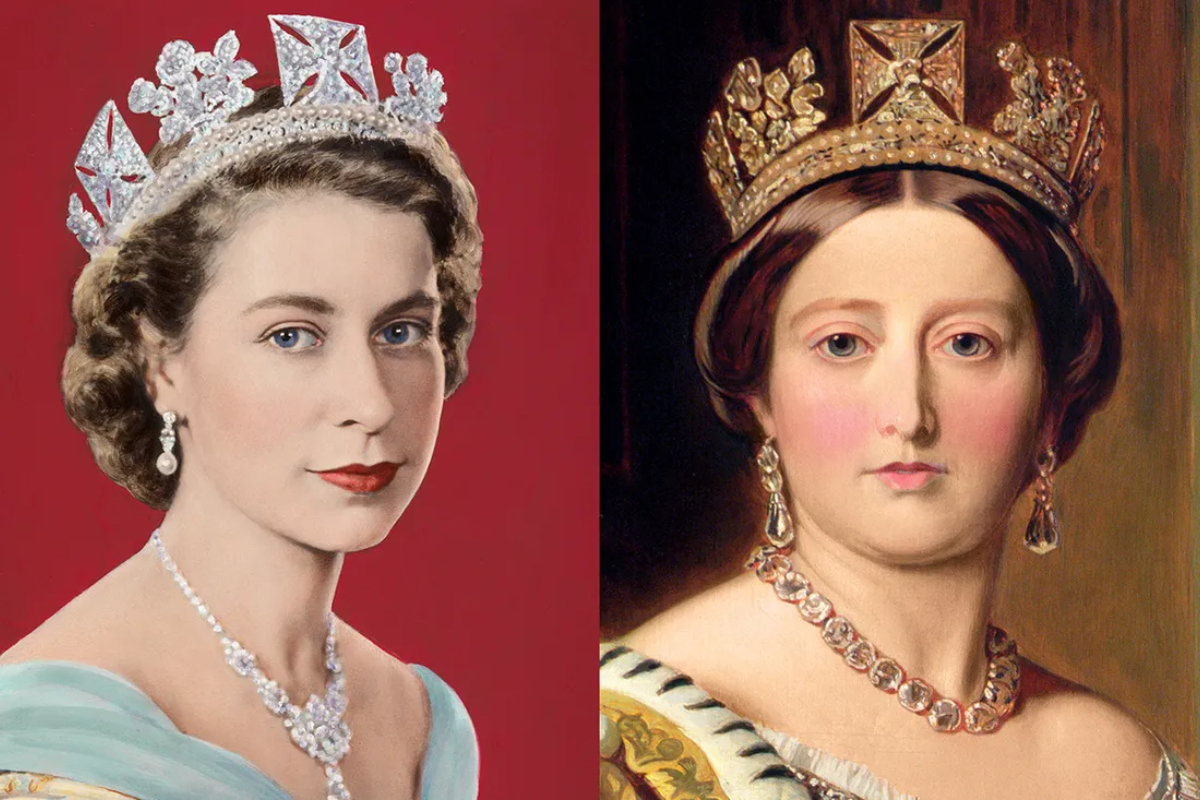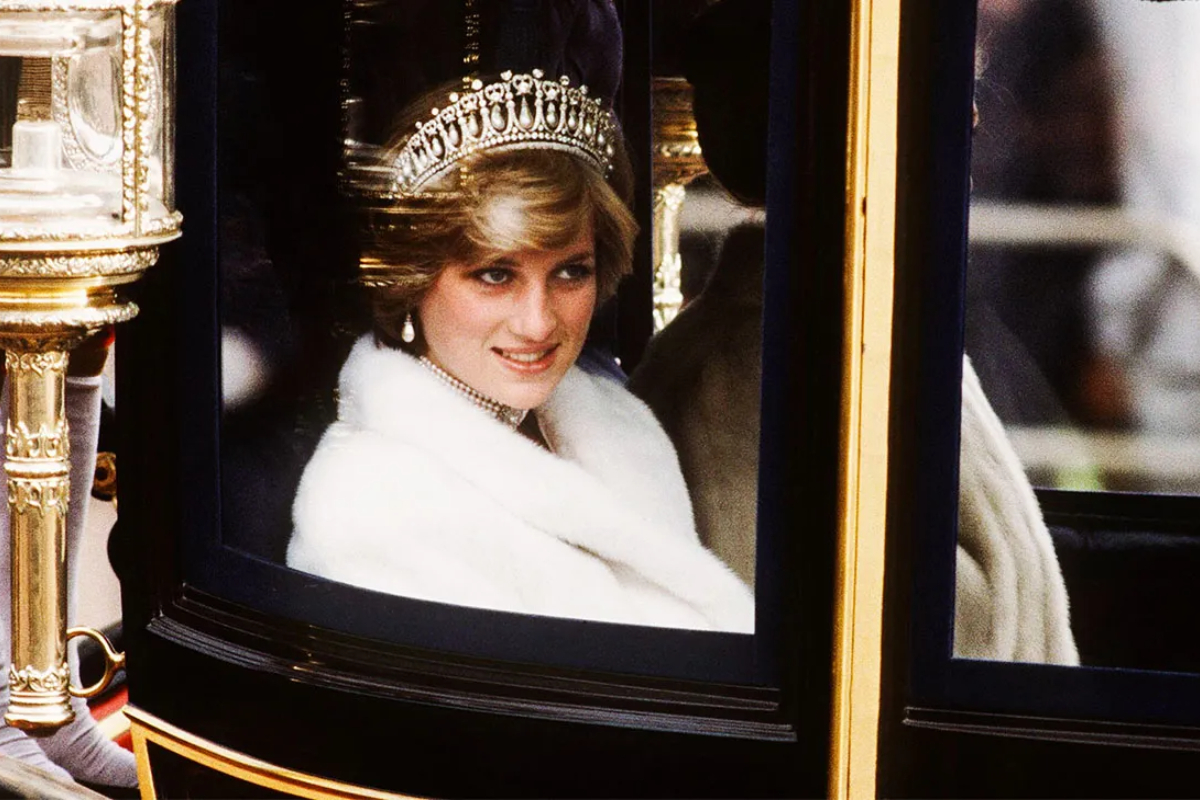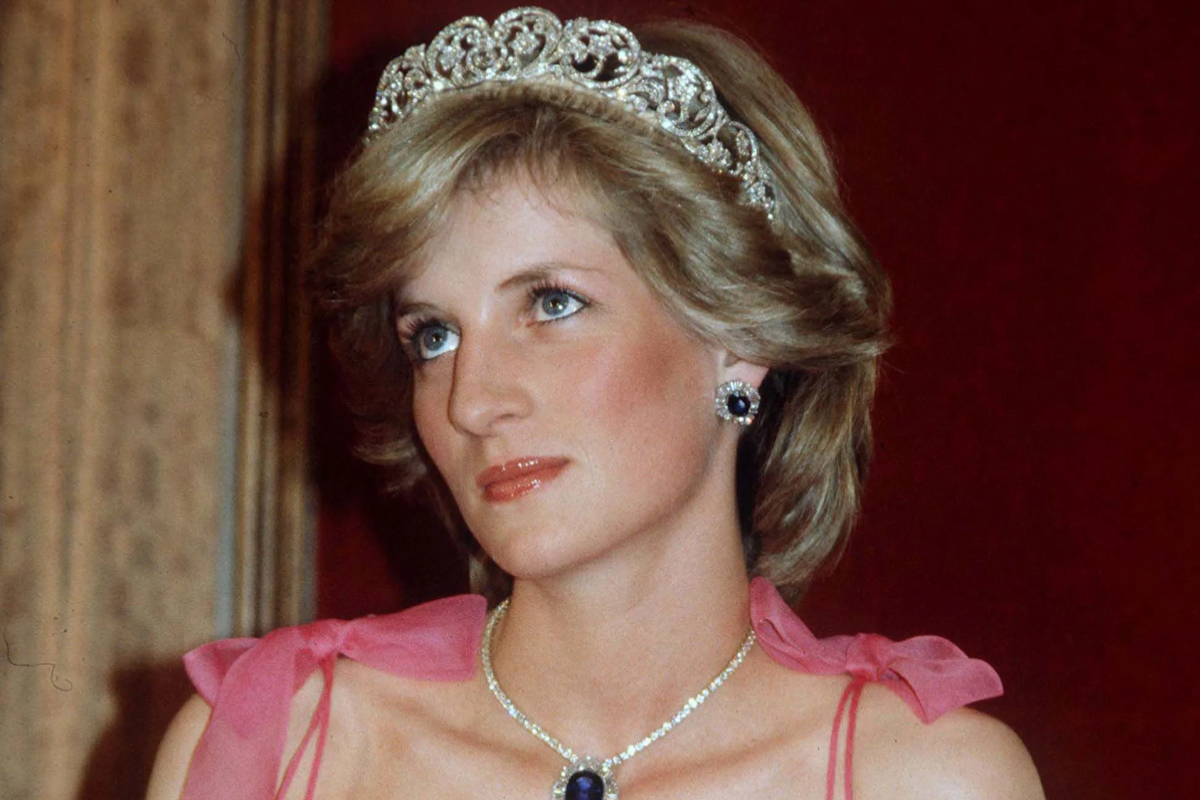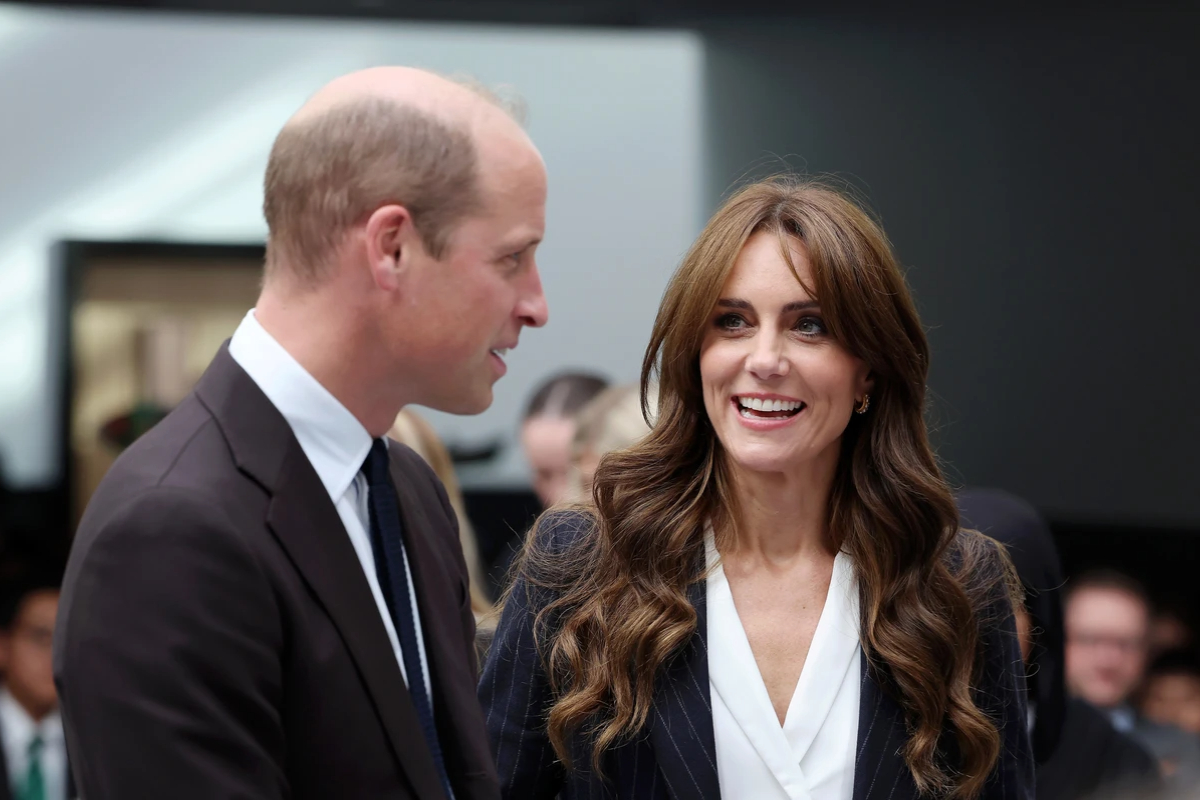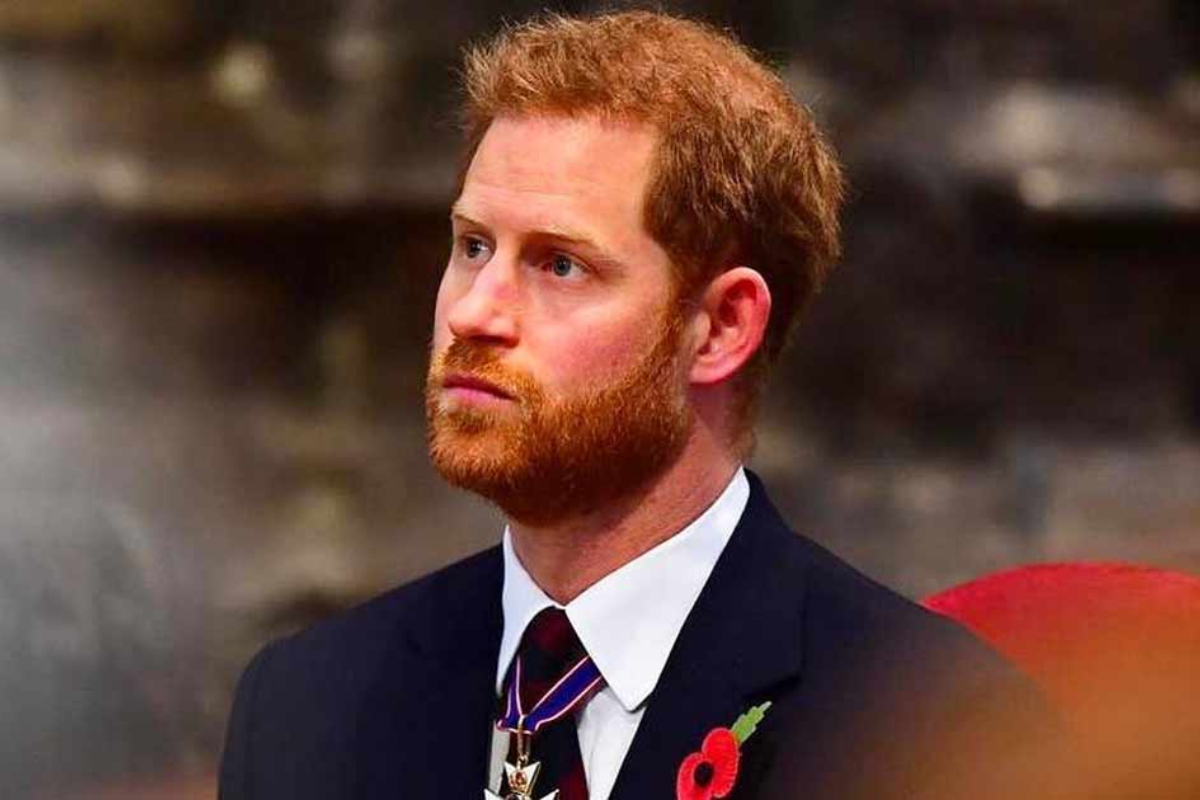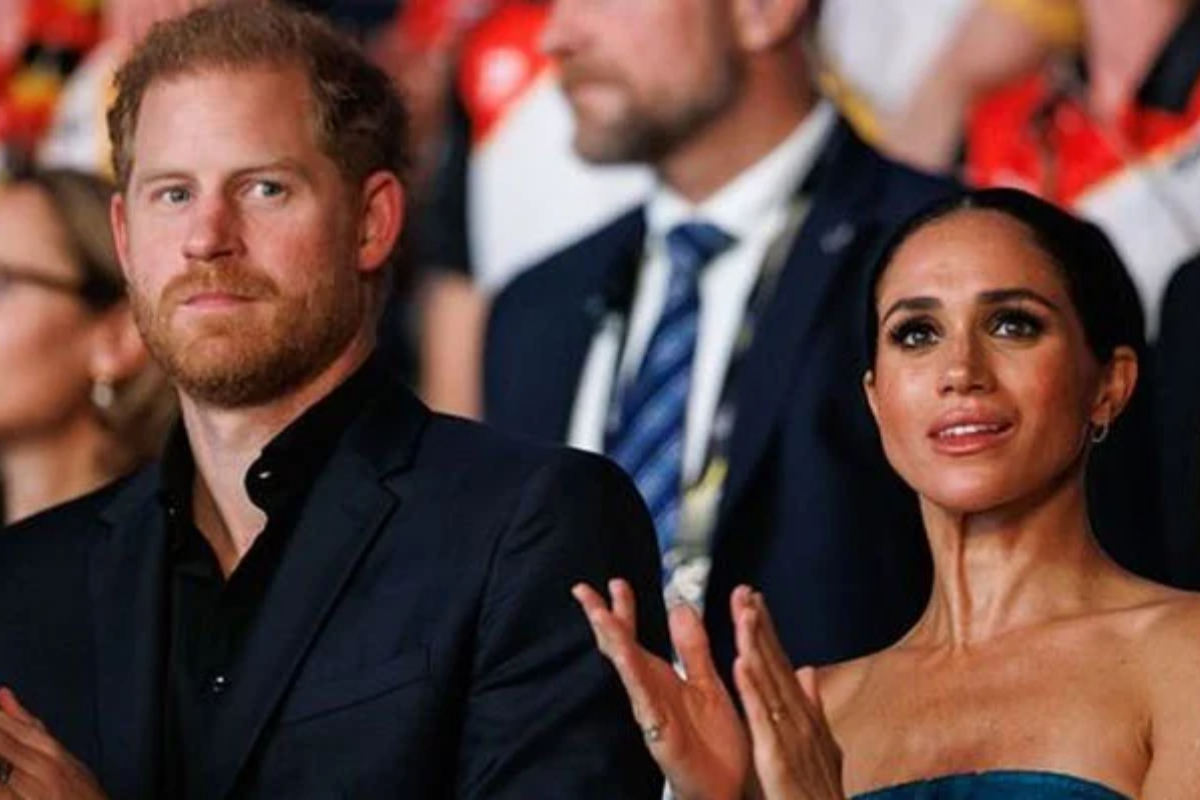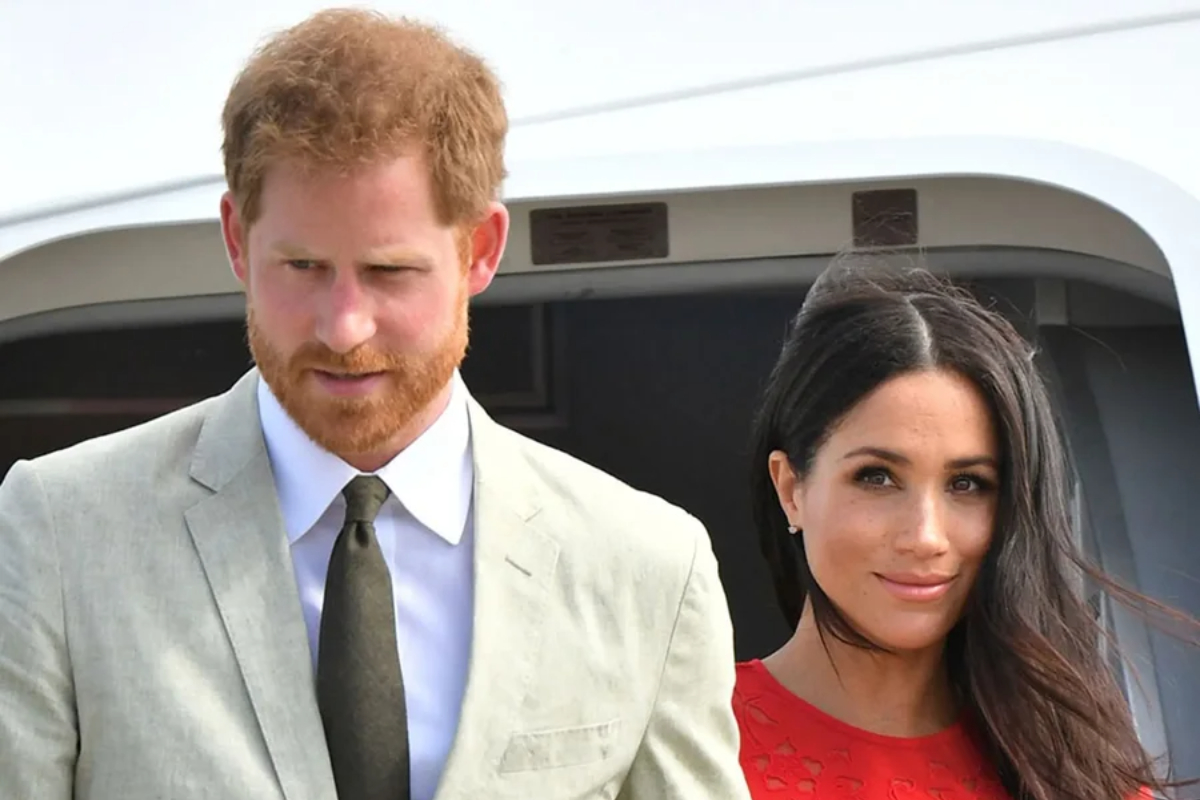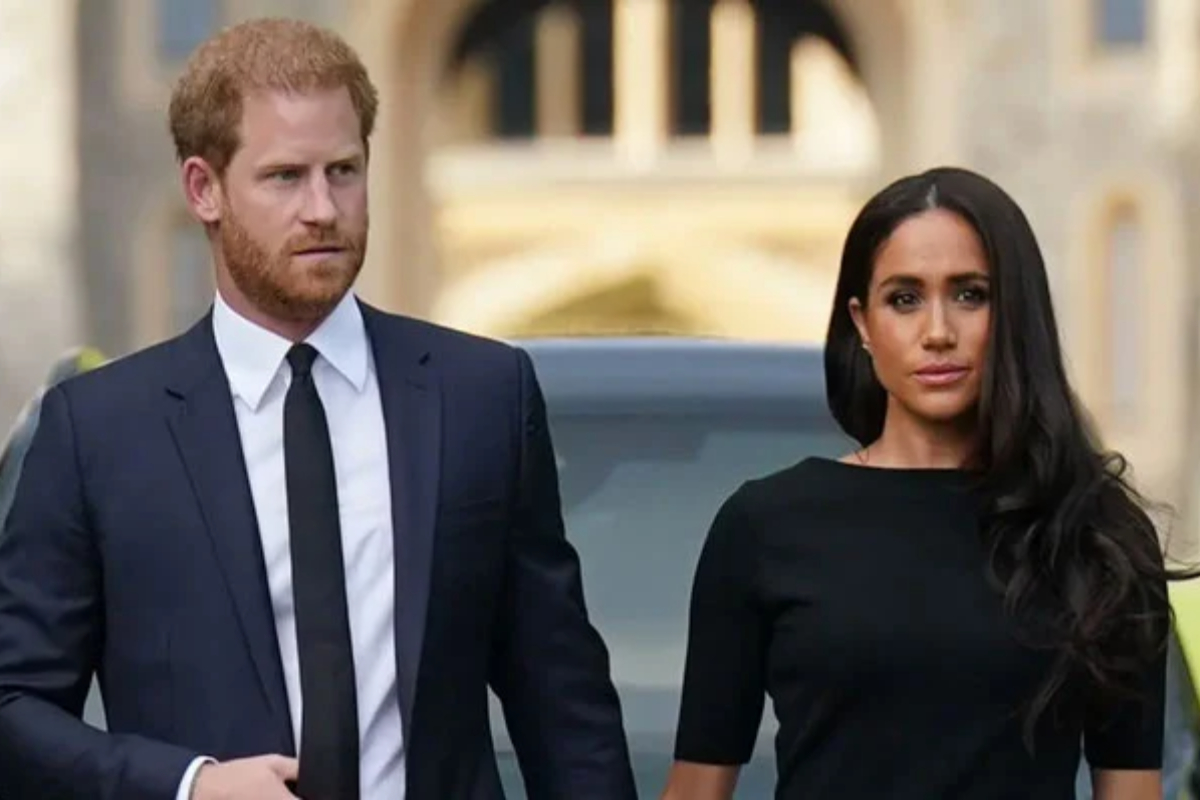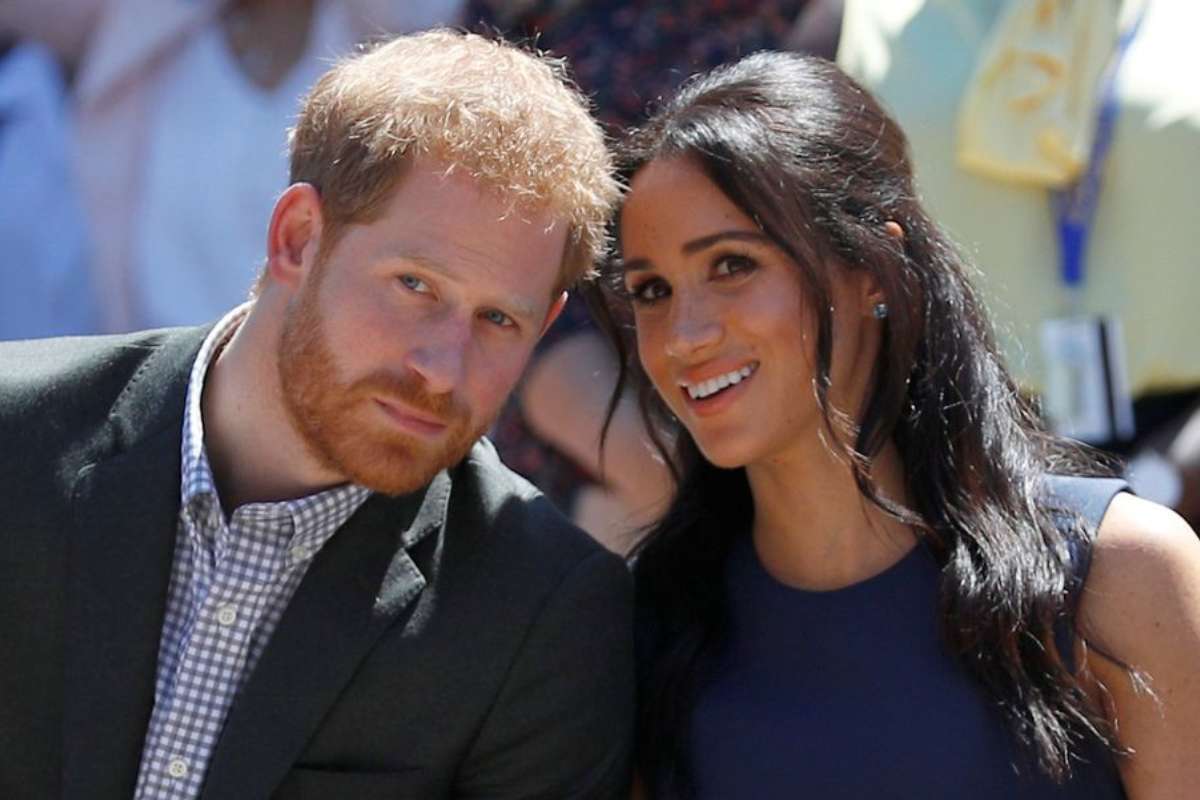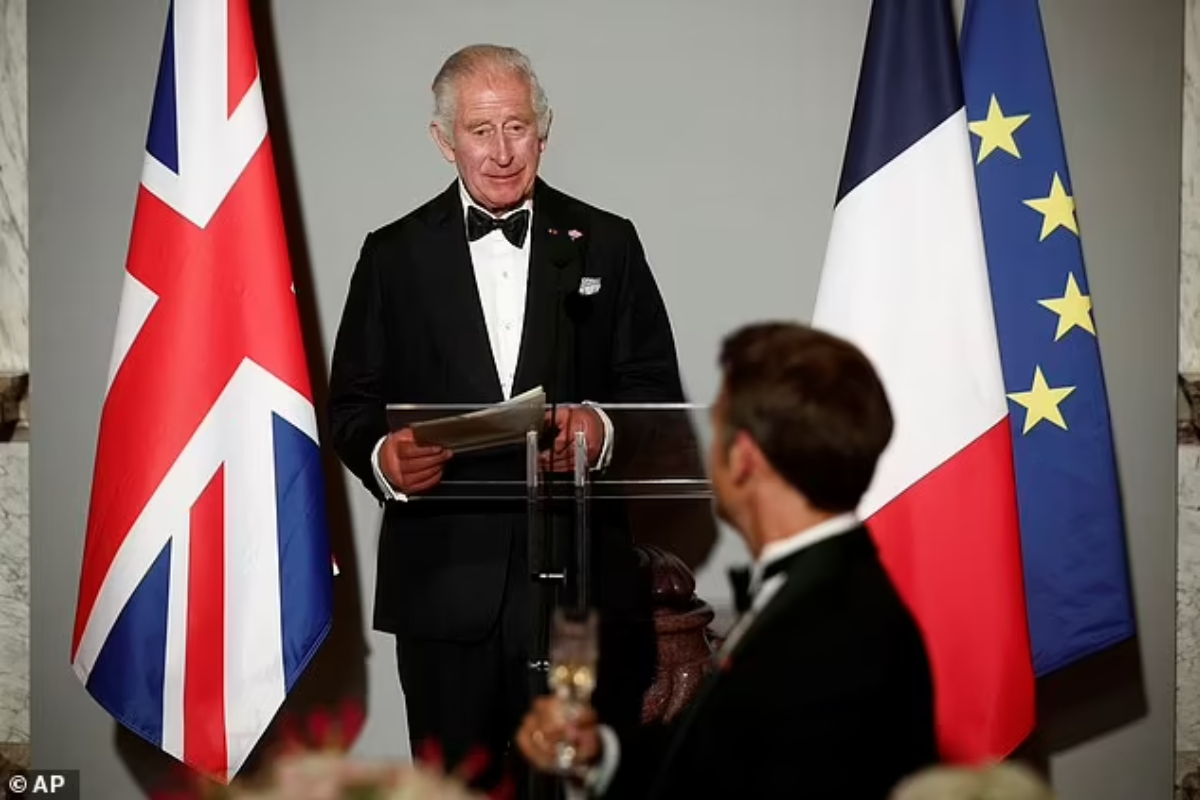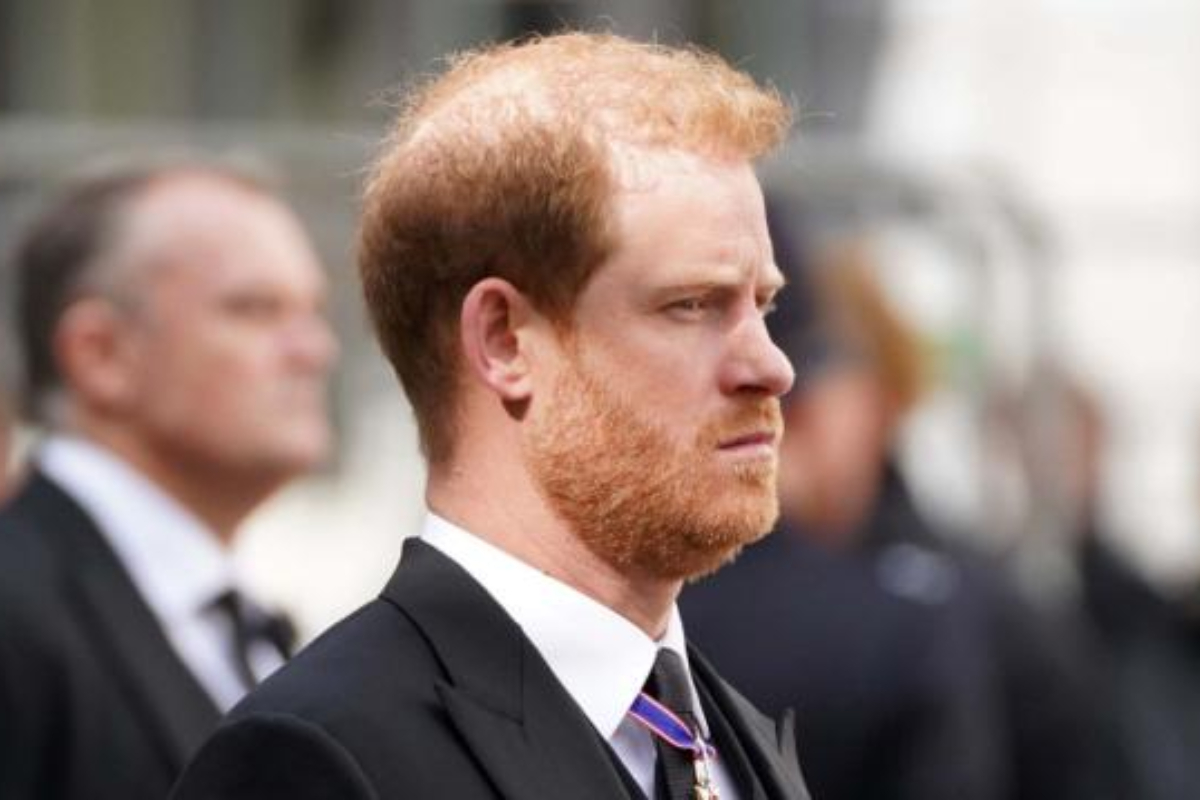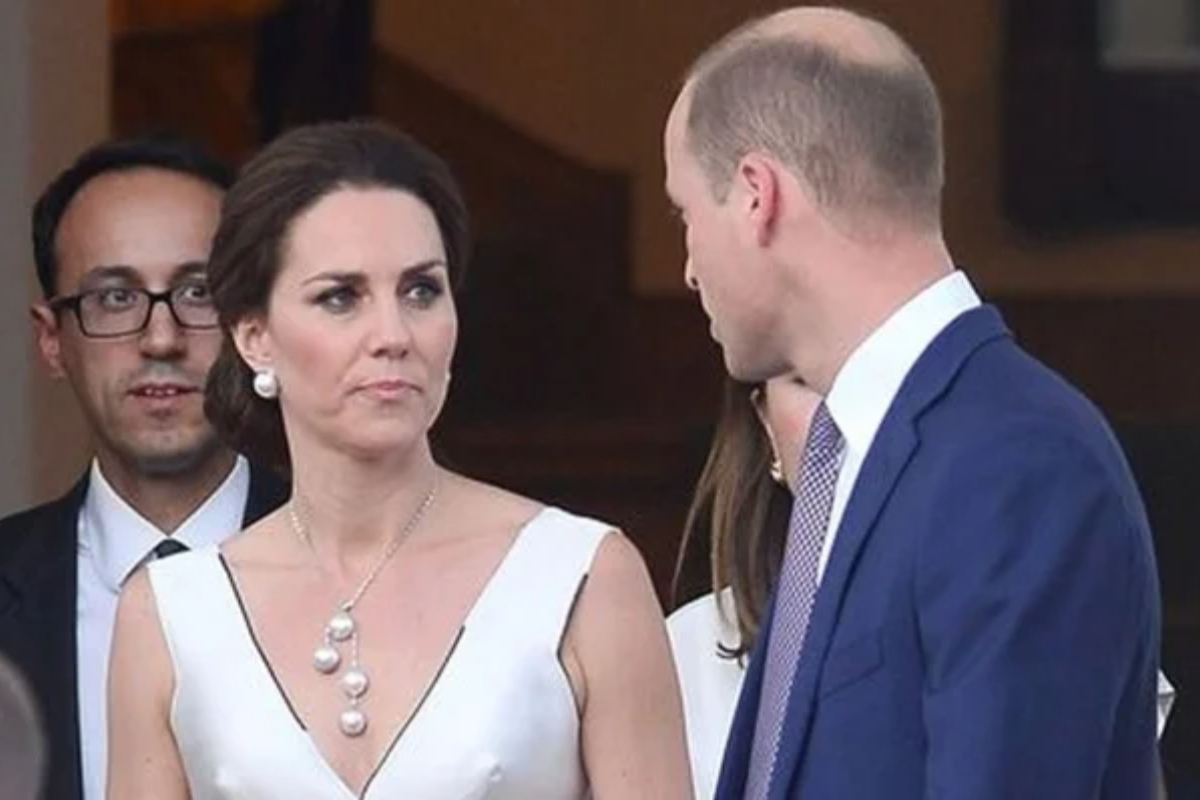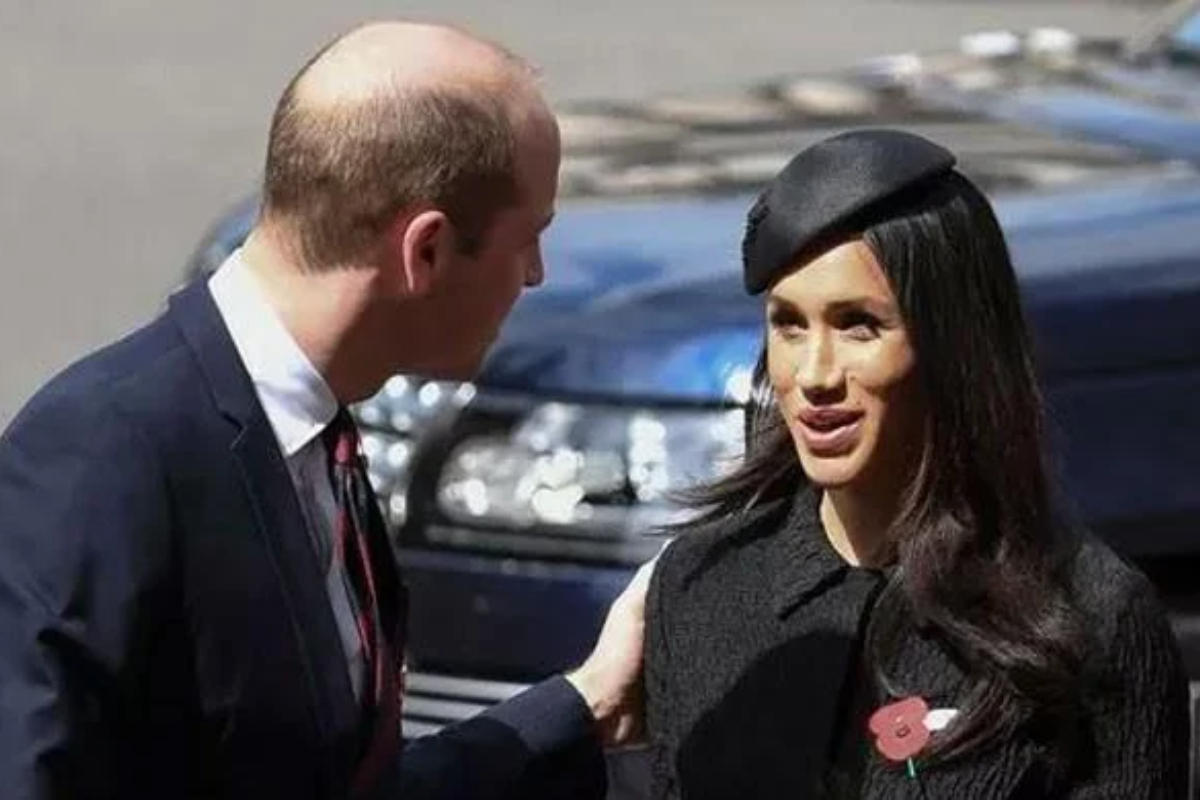- Queen Elizabeth II & Queen Victoria became Britain’s longest-reigning monarchs.
- Both ascended to throne while they were young and maintained their positions of power throughout periods.
- They accepted the roles that were given to them and went on to become well-liked national matriarchs.
The longest-reigning monarchs in Britain were Queen Elizabeth II and her great-great-grandmother Queen Victoria. Both women ascended to the throne while they were young and maintained their positions of power throughout periods of radical upheaval.
Both Victoria and Elizabeth were considered unlikely to ever succeed to the throne when they were born. But both ladies accepted the roles that were given to them and went on to become well-liked national matriarchs.
Elizabeth’s duty-driven monarchical style has its direct origins in the example set by her renowned ancestor.
According to monarchy expert Andrew Gimson, Victoria and Elizabeth were both “exceptionally conscientious, strong-minded ladies, keen to do things absolutely as correctly as they could.”
Both were viewed as representing modern Britain towards the end of their reigns. Elizabeth was the first British monarch to celebrate a platinum jubilee and ruled for 70 years and 214 days.
Elizabeth’s coffin will be transported to her state funeral on Monday on the same gun carriage that was used for Victoria’s funeral. Elizabeth surpassed Victoria’s record of 63 years and 216 days on September 9, 2015.
In keeping with her duty-first mentality, Elizabeth made only passing mention of the event when she opened a railway line in Scotland.
She wore a diamond-encrusted brooch that once belonged to Victoria but claimed that she had never aspired to reach that particular milestone.
- British development and decline
Shortly after becoming 18 years old, Victoria took the throne in 1837. She ruled until her death in 1901 at the age of 81. Elizabeth, who was only 25 years old when she became queen in 1952, was born in 1926. She passed away at the age of 96.
David Cannadine wrote in newspaper, “The throne to which Elizabeth acceded remained recognisably the imperial institution it had become by the closing decades of Victoria’s reign.”
“But the most pronounced themes of Elizabeth’s reign were the de-Victorianisation of Britain and the downsizing of its empire.”
A time of invention and discovery as well as a moralistic attitude on life bear the name Victoria. Britain was at its pinnacle during the Victorian era, making significant breakthroughs in industry, science, culture, and imperialism.
The late queen’s reign has been referred to as the Second Elizabethan Age, during which time Britain emerged from the ruins of World War II as a multicultural and less subservient country.
Even if its legacy is still debatable, it was successful in shedding its empire, especially in light of recent anti-racism demonstrations worldwide.
- Victoria’s moral sincerity
Victoria was born fifth in line of succession as the only child of prince Edward, king George III’s fourth son.
However, the late Edward’s older brothers—including the legitimate offspring of George III’s successors George IV and William IV—all passed away, leaving Victoria to succeed to the throne.
She started making changes to the monarchy’s procedures.
Gimson said, “Victoria plugged into this new middle-class morality, the moral earnestness which was emerging in the 1830s.”
Prime Minister Viscount Melbourne served as her mentor after she was crowned queen. In 1840, she wed Prince Albert of Saxe-Coburg and Gotha, a German relative.
She fell into deep sadness after Albert’s death in 1861 and withdrew from the public eye for many years. Around the world, her name is still attached to states, cities, mountains, lakes, streets, squares, buildings, and monuments.
- Elizabeth and I have similar “unfussy” tastes
Edward VIII, Elizabeth’s childless uncle, was made king in 1936 but was compelled to resign in order to wed Wallis Simpson, who had been through two divorces.
She inherited the throne as the presumed heir once her father, George VI, became king. After a relatively sequestered childhood of her own, Elizabeth married Prince Philip, a distant second cousin.
First among Elizabeth’s 15 British prime ministers, Winston Churchill served as Elizabeth’s mentor and was elected to parliament in 1900 while Victoria was still in power.
She too was motivated by a feeling of Christian obligation. According to Richard Chartres, a former London bishop, Elizabeth and Victoria had “a down-to-earth, liberal Christian faith manifested in a disciplined but unfussy style of piety.”
Elizabeth’s health deteriorated after Prince Philip passed away in 2021, and she made fewer public appearances.
Elizabeth has had vast swaths of Antarctica, the Olympic Park in London, Canadian islands, and the largest warship ever built in the United Kingdom all named in her honor.
Elizabeth and Victoria are honored in the names of the towers on either end of the Houses of Parliament. Elizabeth will be interred at Windsor, west of London, similar to Victoria.
[embedpost slug=”funeral-of-queen-elizabeth-ii-expected-to-make-history/”]

